Yannis Kopsinis
Compensation of Fiber Nonlinearities in Digital Coherent Systems Leveraging Long Short-Term Memory Neural Networks
Jan 31, 2020



Abstract:We introduce for the first time the utilization of Long short-term memory (LSTM) neural network architectures for the compensation of fiber nonlinearities in digital coherent systems. We conduct numerical simulations considering either C-band or O-band transmission systems for single channel and multi-channel 16-QAM modulation format with polarization multiplexing. A detailed analysis regarding the effect of the number of hidden units and the length of the word of symbols that trains the LSTM algorithm and corresponds to the considered channel memory is conducted in order to reveal the limits of LSTM based receiver with respect to performance and complexity. The numerical results show that LSTM Neural Networks can be very efficient as post processors of optical receivers which classify data that have undergone non-linear impairments in fiber and provide superior performance compared to digital back propagation, especially in the multi-channel transmission scenario. The complexity analysis shows that LSTM becomes more complex as the number of hidden units and the channel memory increase can be less complex than DBP in long distances (> 1000 km).
Information Assisted Dictionary Learning for fMRI data analysis
May 11, 2018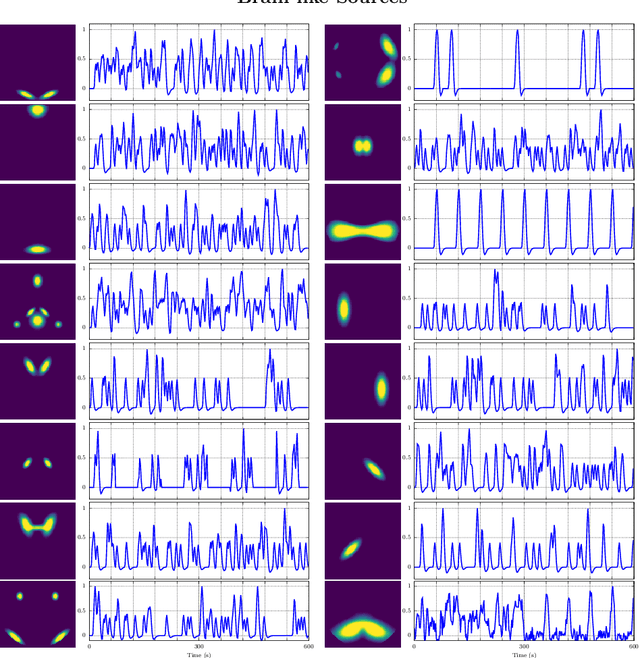
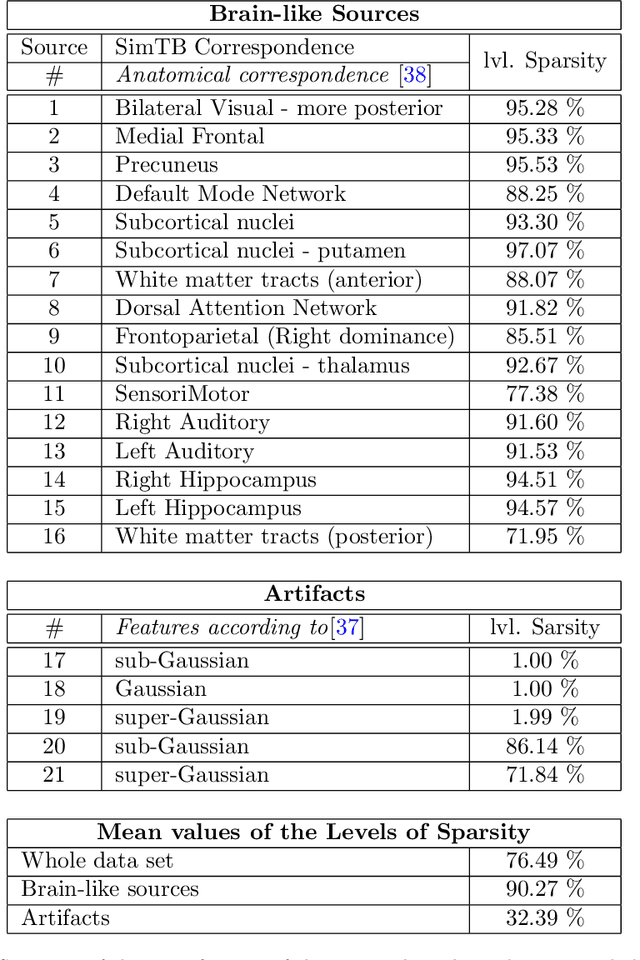
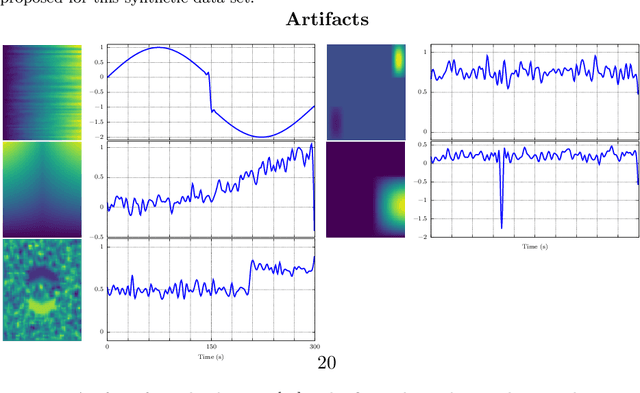
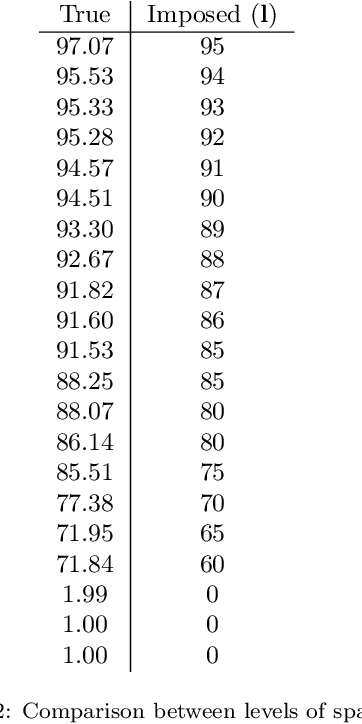
Abstract:In this paper, the task-related fMRI problem is treated in its matrix factorization formulation. The focus of the reported work is on the dictionary learning (DL) matrix factorization approach. A major novelty of the paper lies in the incorporation of well-established assumptions associated with the GLM technique, which is currently in use by the neuroscientists. These assumptions are embedded as constraints in the DL formulation. In this way, our approach provides a framework of combining well-established and understood techniques with a more ``modern'' and powerful tool. Furthermore, this paper offers a way to relax a major drawback associated with DL techniques; that is, the proper tuning of the DL regularization parameter. This parameter plays a critical role in DL-based fMRI analysis since it essentially determines the shape and structures of the estimated functional brain networks. However, in actual fMRI data analysis, the lack of ground truth renders the a priori choice of the regularization parameter a truly challenging task. Indeed, the values of the DL regularization parameter, associated with the $\ell_1$ sparsity promoting norm, do not convey any tangible physical meaning. So it is practically difficult to guess its proper value. In this paper, the DL problem is reformulated around a sparsity-promoting constraint that can directly be related to the minimum amount of voxels that the spatial maps of the functional brain networks occupy. Such information is documented and it is readily available to neuroscientists and experts in the field. The proposed method is tested against a number of other popular techniques and the obtained performance gains are reported using a number of synthetic fMRI data. Results with real data have also been obtained in the context of a number of experiments and will be soon reported in a different publication.
Unsupervised learning of the brain connectivity dynamic using residual D-net
Apr 20, 2018
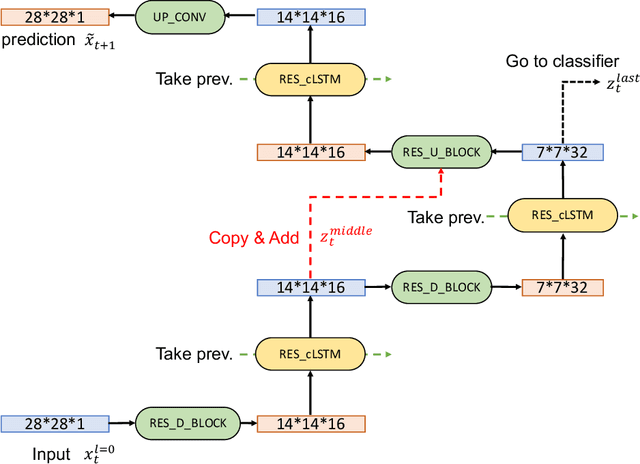
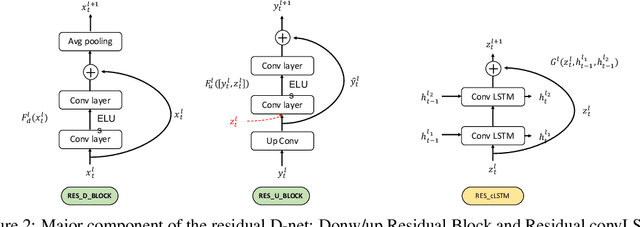

Abstract:In this paper, we propose a novel unsupervised learning method to learn the brain dynamics using a deep learning architecture named residual D-net. As it is often the case in medical research, in contrast to typical deep learning tasks, the size of the resting-state functional Magnetic Resonance Image (rs-fMRI) datasets for training is limited. Thus, the available data should be very efficiently used to learn the complex patterns underneath the brain connectivity dynamics. To address this issue, we use residual connections to alleviate the training complexity through recurrent multi-scale representation. We conduct two classification tasks to differentiate early and late stage Mild Cognitive Impairment (MCI) from Normal healthy Control (NC) subjects. The experiments verify that our proposed residual D-net indeed learns the brain connectivity dynamics, leading to significantly higher classification accuracy compared to previously published techniques.
Assisted Dictionary Learning for fMRI Data Analysis
Oct 11, 2016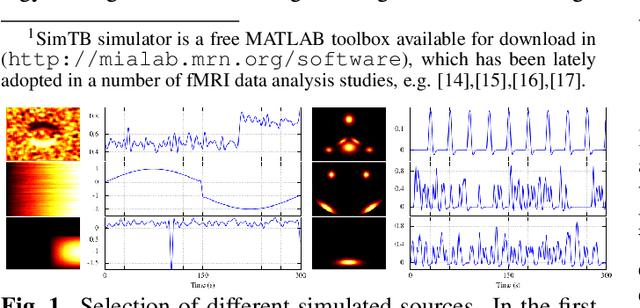
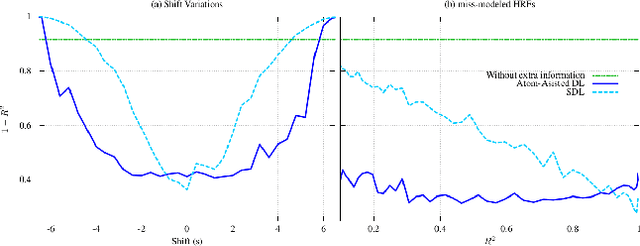
Abstract:Extracting information from functional magnetic resonance (fMRI) images has been a major area of research for more than two decades. The goal of this work is to present a new method for the analysis of fMRI data sets, that is capable to incorporate a priori available information, via an efficient optimization framework. Tests on synthetic data sets demonstrate significant performance gains over existing methods of this kind.
 Add to Chrome
Add to Chrome Add to Firefox
Add to Firefox Add to Edge
Add to Edge